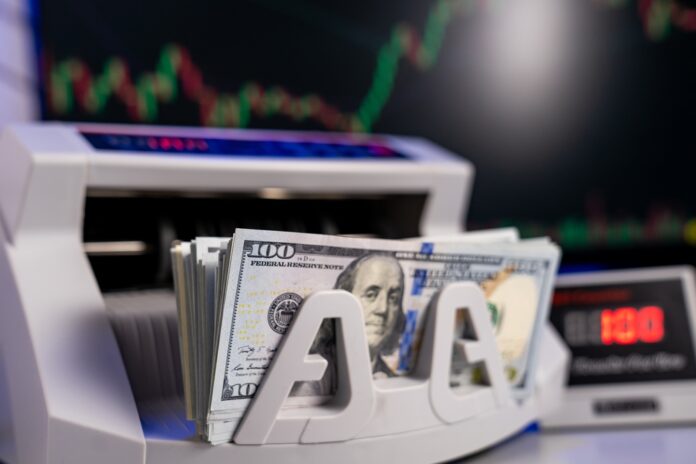The country’s gross international reserves (GIR), an indicator of capacity to pay for trade and maturing debt, saw a significant rise in February, reaching USD106.7 billion, up from USD103.3 billion in January, according to the latest data from the Bangko Sentral ng Pilipinas (BSP). The increase in reserves strengthens the country’s external liquidity buffer, representing 7.5 months’ worth of imports of goods and payments for services and primary income. The reserves are also about 3.8 times the nation’s short-term external debt, based on residual maturity.
The month-on-month rise in GIR is largely attributed to several key factors: the national government’s net foreign currency deposits with the BSP, which include proceeds from the issuance of ROP global bonds; upward valuation adjustments in BSP’s gold holdings driven by rising gold prices in international markets; and net income from BSP’s foreign investments.
Additionally, the net international reserves (NIR), which reflect the difference between the BSP’s reserve assets and liabilities, grew by USD3.4 billion, reaching USD106.6 billion by the end of February, up from USD103.2 billion in January.
These figures underscore the Philippines’ strengthened financial position, providing a solid cushion against external shocks and enhancing the country’s ability to meet its foreign obligations. The BSP’s continued accumulation of foreign reserves highlights its proactive management of the nation’s monetary stability and foreign exchange position, further reinforcing investor confidence in the Philippine economy.







